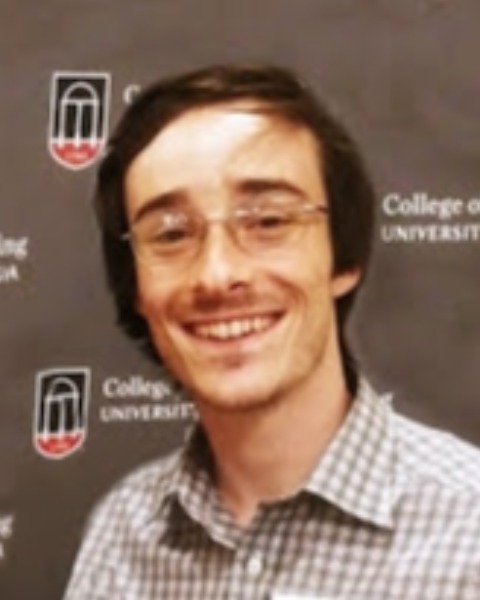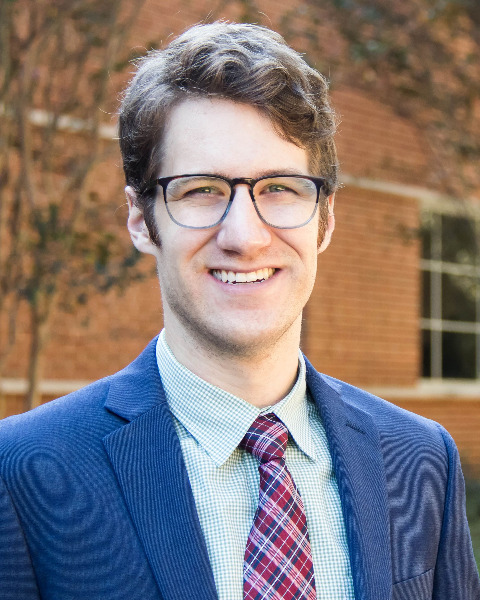Biomanufacturing
Morphological Screening Identifies Optimal Growth Factor Concentrations in Chemically Defined Media for Mesenchymal Stromal Cell Expansion
(C-84) Morphological Screening Identifies Optimal Growth Factor Concentrations in Chemically Defined Media for Mesenchymal Stromal Cell Expansion
- WA
Winifred W. Asigri
Undergraduate
Georgetown University
Washington, District of Columbia, United States 
Thomas Spoerer, BS (he/him/his)
Graduate Student
University of Georgia
Athens, Georgia, United States
Ross A. Marklein (he/him/his)
Assistant Professor
University of Georgia, United States
Presenting Author(s)
Co-Author(s)
Primary Investigator(s)
Despite promising preclinical studies, mesenchymal stromal cell (MSC) therapies have yet to achieve clinical translation due in part to challenges with reproducible manufacturing. Current expansion methods often produce heterogeneous MSC products due to the use of undefined components in the culture media, such as fetal bovine serum (FBS). Moreover, clinical trials require high doses of MSCs (108 - 109 MSCs per patient1) and any major changes to manufacturing (e.g., media) can affect product quality and ultimately patient outcomes. Thus, efforts have been made to develop chemically defined media (CDM) that ensure reproducible expansion of MSCs and maintenance of function. While CDM are commercially available, current practices for developing these media often only study the effects of supplementing with one GF at a time and neglect the interactions between different GFs and their concentrations2. There exists a need for an effective method to screen CDM that thoroughly investigates interactions of media components. A previous study by our group used a high-throughput morphological screening approach to identify a CDM formulation that contained fibroblast growth factor (FGF), platelet-derived growth factor (PDGF), leukemia inhibitory factor (LIF), and stem cell factor (SCF), referred to here as “FPLS+”. This CDM formulation significantly improved MSC proliferation and demonstrated comparable immunomodulatory function compared to MSCs grown in serum-containing media (SCM). To build on this study, we used the same morphological screening approach to further refine our FPLS media formulation and investigate whether lower concentrations of GF could be used, thus significantly reducing the cost of our CDM.
Materials and Methods::
In our previous study investigating 8 GFs at a singular concentration using a high throughput screen (HTS), the hit of FPLS+ was identified based on MSCs grown in its media having distinct morphology as well as enhanced proliferation. In the current study, each of these four GFs was tested at two concentration levels each using a full factorial design (24), specifically at the two concentration levels that were the lowest in the previous screen (Table 1), which equated to 16 unique treatment groups. For each chemically defined formulation, a fibronectin coating was applied, and CDM formulations based on different GF concentrations were compared to a SCM control. After 48 hours of culture (adipose-derived MSC), the cells were fixed and stained using a cell painting (CP) protocol, imaged with a Cytation 5 high content imager, and around 500 morphological features were extracted3. Finally, GF concentration “hits” were identified as formulations that produced MSC cell counts and morphologies similar to the FPLS formulation identified from the previous screen, which was assessed using multivariate analyses4.
Results, Conclusions, and Discussions::
Results and Discussion: Three hit FPLS formulations were identified from the screen (Table 2). As expected, these selected hits produced MSCs that shared a similar morphological profile to the positive control, FPLS+. The principal component analysis plot shows the treatment groups clustered together in the top right of the graph, along with the FPLS+ (Figure 1A). In contrast to this, SCM control is distant, as it is clustered away from the treatment groups and towards the left side of the plot. This result shows an overall morphological similarity between the treatment groups and the FPLS+, with Hit #3 being the most morphologically similar to the FPLS+ as determined by PCA and multivariate distance analysis4. In terms of proliferation, the FPLS Hit #2 produced the highest count of MSCs (Figure 1B). Following a cost analysis of each FPLS formulation, Hit #1 was found to have the lowest cost of media per liter and resulted in a cost reduction of more than 5X. (Table 3).
Conclusion: The results of the repeat screen demonstrate that using the hit FPLS formulations for MSC manufacturing could be used for optimizing chemically defined media. Conducting further research on the performance and immunosuppressive function of these FPLS-cultured MSCs could contribute to a greater understanding of their performance in proinflammatory environments. With continued optimization studies, this MSC media could reach a level of consistency that aligns with clinical trial standards and eventually allow MSC products to achieve FDA approval.
Acknowledgements (Optional): :
This material is based upon work supported by a National Science Foundation Research Experiences for Undergraduates (REU) site program under Grant No.1950581.
References (Optional): :
[1] Kean, T., Stem Cells Int., 2013. 2013, 732742. [2] Nikolits, I., Cells., 2021. 10, 886. [3] Bray, M.A., Nat. Prot., 2016. 11(9), 1757-1774. [4] Hutz, J.E., J. Biomol. Screen., 2012. 18(4), 367-377.
